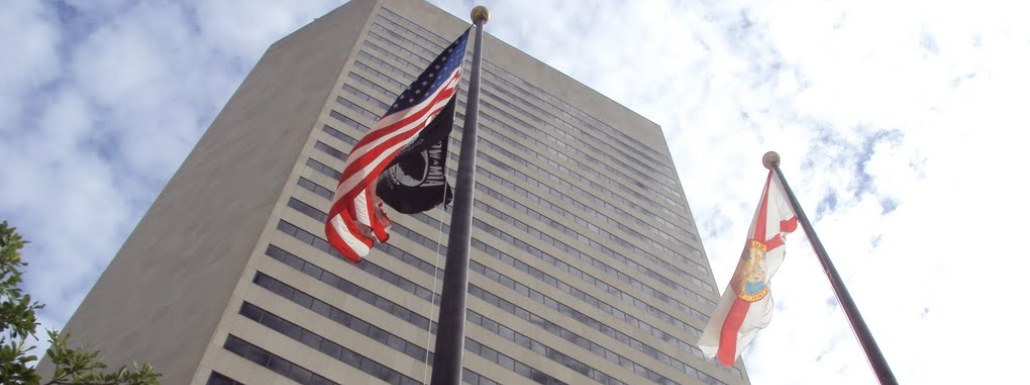Miami-Dade Plans Massive Redevelopment In Downtown Miami
County authorities are working to redevelop over 20 acres of the downtown Government Center to include a transit terminal, affordable housing, and community cultural facilities and schools. Procurement for the first phase is expected during or after summer, but many details are still being discussed as the project encompasses many county departments.
The purpose of the 10- to 15-year redevelopment is to better use county-owned lands and meet community needs. The county would include a downtown intermodal terminal to provide bays for all buses terminating in Government Center to rise north of the Stephen P. Clark Center.
As Miami Today reported, the $35 million intermodal terminal project is part of the People’s Transportation Plan for 2022-2026, approved by county commissioners Feb. 2. As is the entire redevelopment area, the terminal is still in the definition phase and county staff is hashing out what features it would have.
“There have been talks for several years of developing a bus terminal here at the north of the Stephen P. Clark Center, where the county has excess land,” Dawn Soper, director, P3 & property development of the Internal Services Department, who is on the county team for the redevelopment, told Miami Today.
The redevelopment would also include open space areas such as parks for the residents.
“As you build these higher-density buildings, some of them might be office spaces, market-rate housing, but because it’s a priority of mine, some of these properties have to be redeveloped with affordable and workforce housing in mind,” said Commissioner Eileen Higgins, who has been working to present an item to the commission for the redevelopment for over a year and a half.
Some county-owned structures within the 20-plus acres aren’t necessarily earmarked to be torn down, such as the new Children’s Courthouse, open since April 2015. But areas such as the main county library and History Miami museum’s two buildings might be reconstructed to allocate higher buildings. The intention is to do so without interrupting service to residents.
“One of the things that will be in the RFP (request for proposals) is some kind of educational component,” Commissioner Higgins said. “Downtown doesn’t have elementary, middle or high schools, so it will include educational, cultural and parks components and affordable housing.”
While Ms. Higgins, the Mayor’s Office and the county departments work to define what they want the redevelopment to include, the staff is also going through infrastructure planning to identify necessary improvements in water and sewer, stormwater, and drainage, the conductivity in the streets, and electric power before beginning with procurement.
The efforts of the county to redevelop the Government Center area date as far back as 2014, when commissioners approved a resolution directing the mayor to report on the plan, development, and maintenance of county-owned property in downtown Miami.
In 2017, former Mayor Carlos Gimenez presented a report that outlined the county-owned properties, the redevelopment potential of some lands and assets, vacant lands, and the potential opportunities.
Since then, new county rezoning ordinances placed the Government Center area in the Transit Oriented Development zoning, the county held public workshops with input from FIU students, the project took shape, and priorities were identified, Ms. Soper said.
The next step is to let developers bid on the project and propose what they can do to reach the county’s goals.
“We are in the planning stages, with the anticipation to finally benefit the community,” Ms. Soper said.
“It’s exciting to create a new neighborhood centered on affordability, centered on transit,” Ms. Higgins said. “County land is actually the people’s land, so we should be giving it the best use for things like museums, parks, and affordable housing.”
When asked about a resolution headed to the commission to allow five constitutional officers, including those to be elected in 2024, to move their offices outside the City of Miami, Ms. Higgins said she didn’t think that decision would have any impact on this project: “It might free up some space. It might not.”
Source: Miami Today



